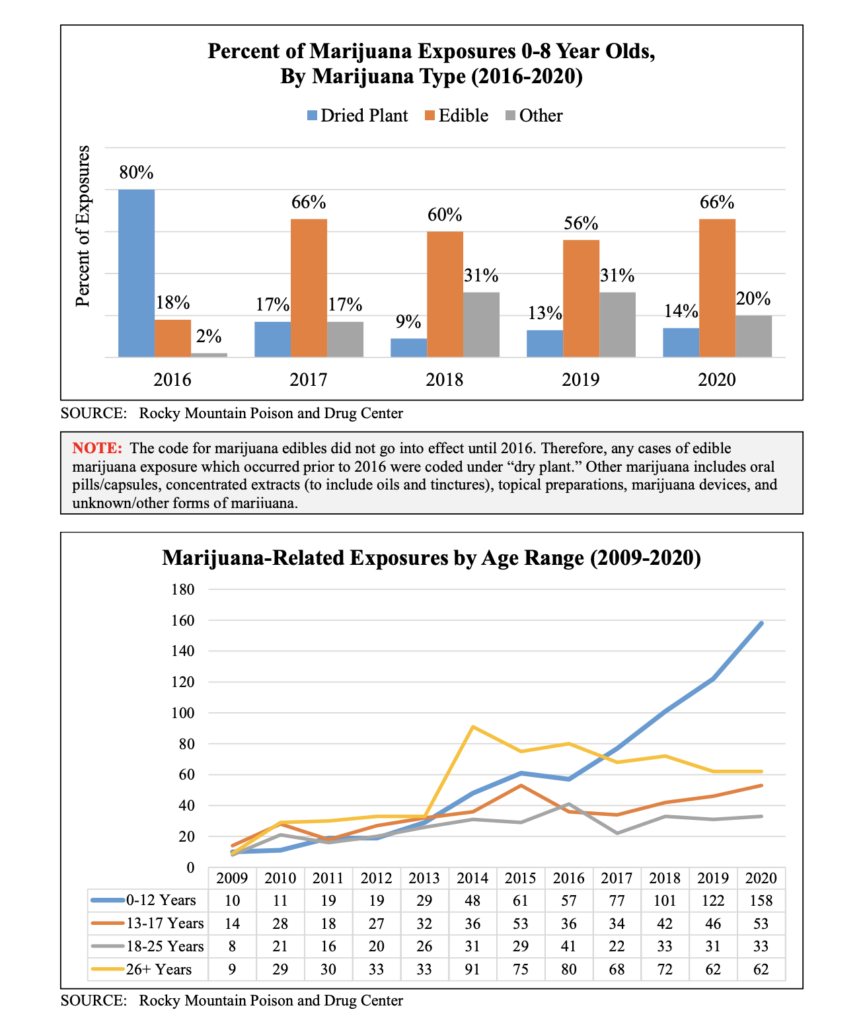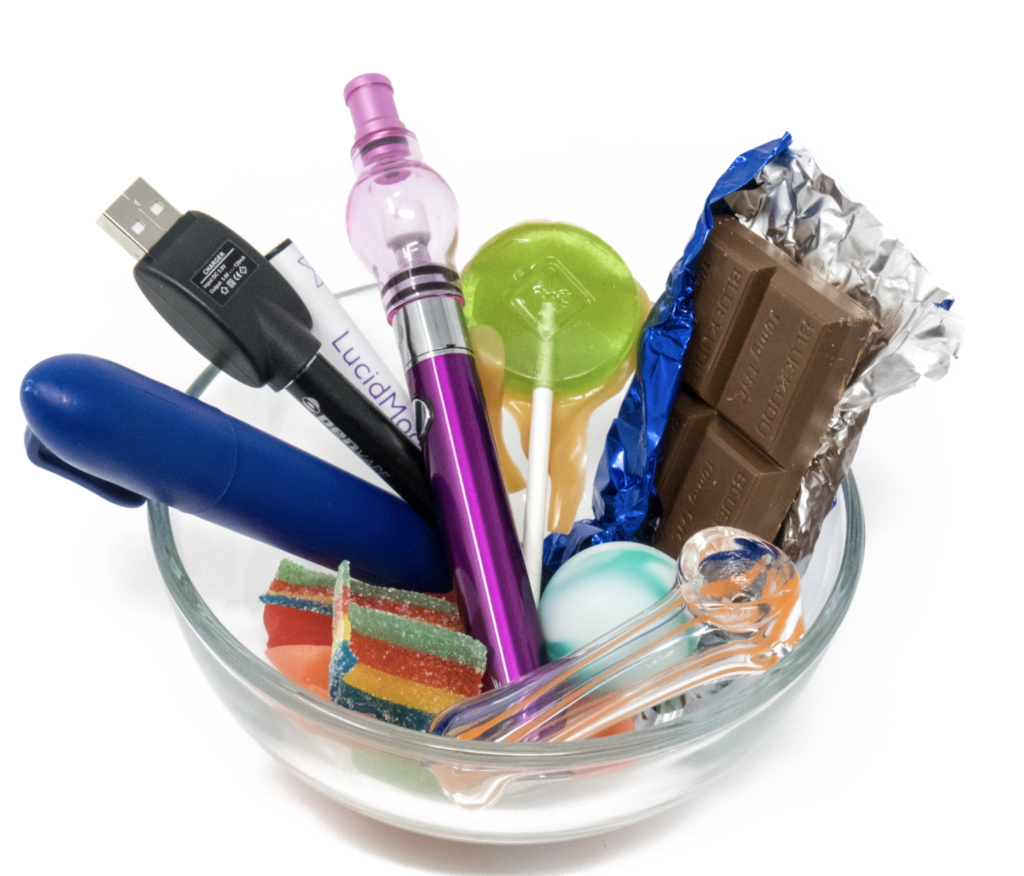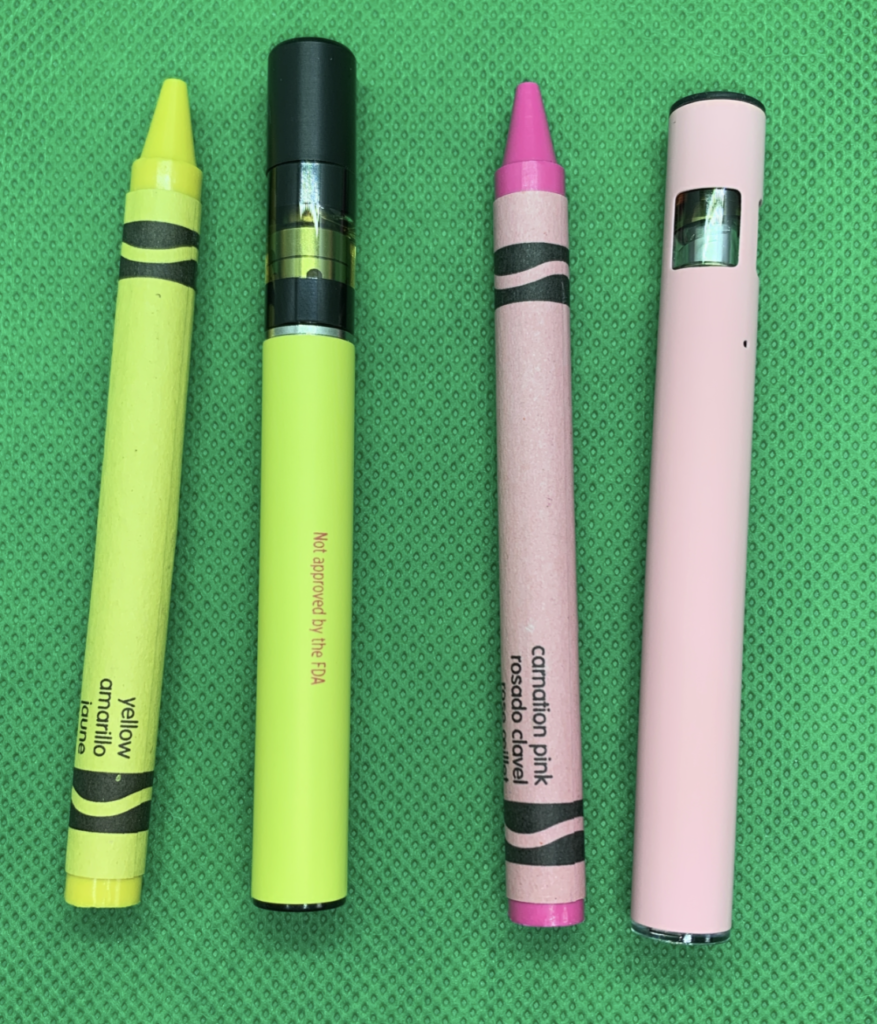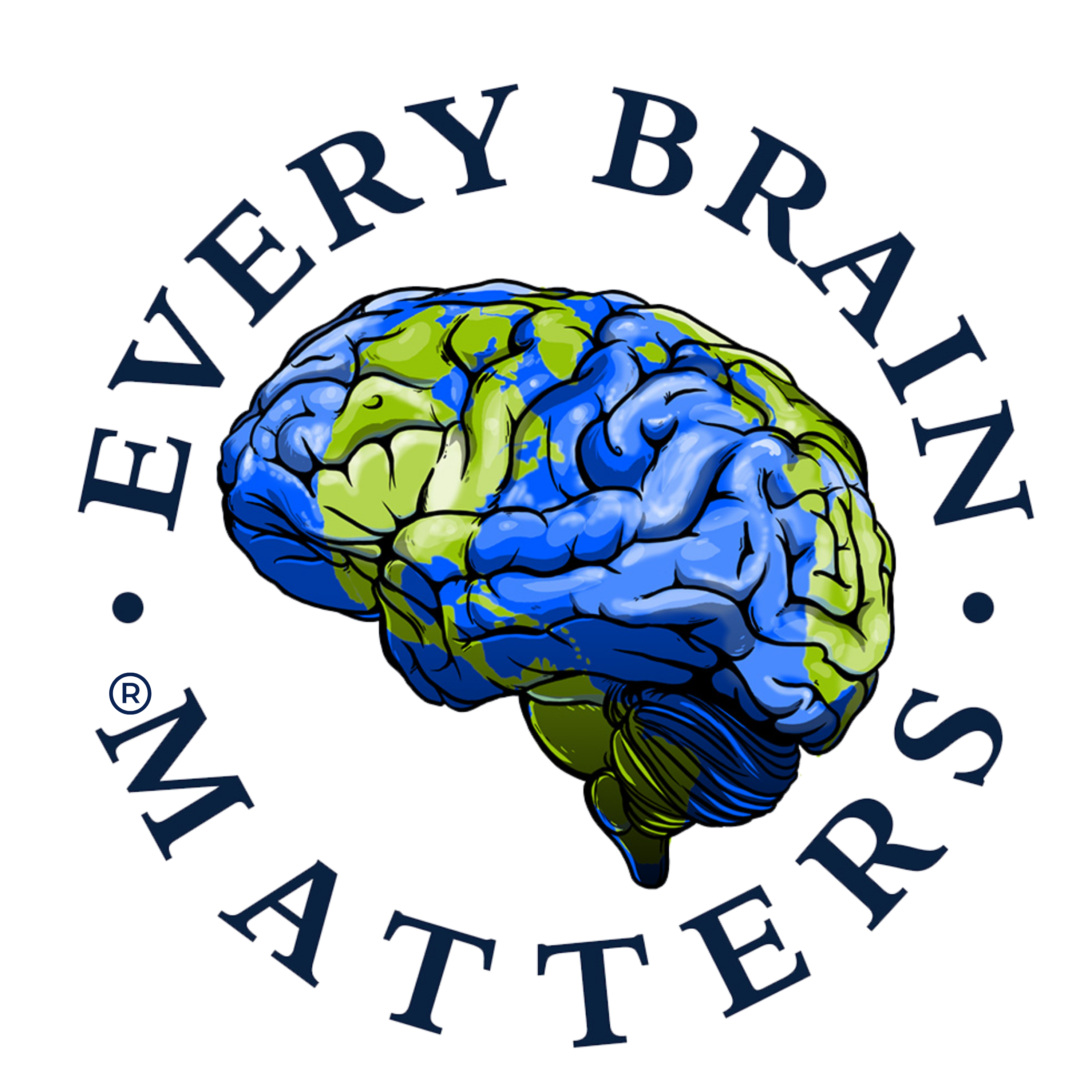- The Continued Rise of Unintentional Ingestion of Edible Cannabis in Toddlers—A Growing Public Health Concern, JAMA Pediatrics, October 2022
- Pediatric Edible Cannabis Exposures and Acute Toxicity: 2017–2021, 2023 January, 03
- Cannabis Candies And Snacks: Coming for Kids: Every Brain Matters, May 2022
- The Effects of Marijuana on Children, Children’s Hospital Colorado
- Medical Marijuana Poisoning in Kids, National Capital Poison Center
- THC Photos of Todays Marijuana, One Chance to Grow Up
- Cannabis Edibles and Pediatric Toxicity Risk 2022, September 19
- Marijuana Toxicity 2022, May 15
- Jewish Parents Issue Warning After Children Overdose On Edible Marijuana 2021, November 16
- Roanoke Valley mom shares story of her 2-year-old accidentally ingesting Delta-8 form of THC 2021, October 20
- Teacher arrested after student takes marijuana gummies from prize box in classroom 2021, Oct 16
- Percent of Marijuana Exposures 0-8 Year Olds, Legalization of Marijuana in Colorado: The Impact 2021, September
- Gas station sold snacks, candy containing marijuana 2021, September 2021
- Children increasingly overdosing on marijuana edibles 2021, July 21
- Mother works to draw awareness about ‘pot poisoning’ in children 2021, June 30
- Pediatric Cannabis Single-Substance Exposures Reported to the Michigan Poison Center From 2008–2019 After Medical Marijuana Legalization 2021, February 02
- Two children hospitalized after eating THC candy from a food bank 2020, April 4
- Pediatric Death Due to Myocarditis After Exposure to Cannabis 2017, March 16
Pediatric Edible Cannabis Exposures and Acute Toxicity: 2017–2021, 2023 January 03
There has been a consistent increase in pediatric edible cannabis exposures over the past 5 years, with the potential for significant toxicity. It is important for providers to be aware of this in their practice and it presents an important opportunity for education and prevention.
The Effects of Marijuana on Children
Children’s Hospital Colorado
How do the symptoms of smoking differ from ingestion? After smoking or inhaling marijuana, the onset of symptoms is quick (within 5 to 30 minutes), but symptoms typically do not last long (a couple of hours). In contrast, after ingestion of marijuana in the form of food or beverage, the onset of symptoms can take as long as one to four hours, and symptoms can last for several hours.
How does this differ in younger kids? The most common overdose incidents in children occur when the drug has been combined with food in an “edible” form of marijuana. This is because marijuana ingested in this manner can have a stronger and prolonged effect, especially in children under the age of 12 years old. In these instances, kids mistake “edible” marijuana (like gummy bears, brownies, lollipops, etc.) for regular food and eat it unknowingly. Small children are at higher risk based on their size and weight. Because edible products have very high amounts of marijuana, the symptoms are more severe on a small child. Many young children who consume marijuana edibles require hospital admission due to the severity of their symptoms.
What are the long-term effects of marijuana on children? Long-term effect of acute marijuana exposures on children is unknown, as it has not been systematically studied. Because we don’t yet have the research and science findings to know the full effects, doctors do not fully understand marijuana’s long-term effects on children after acute exposures. Read tips from our experts on how to talk to your child about marijuana…
Medical Marijuana Poisoning in Kids
National Capital Poison Center
Researchers in Colorado recently reported an increase in the number of children brought to the emergency room after swallowing medical marijuana products. The children ranged in age from as young as 8 months to 12 years old. Most of the children ate medical marijuana cakes, cookies or candies belonging to their grandparents, parents, babysitters, or friends of the family.
The most common symptoms were excessive sleepiness, dizziness, and trouble walking. However, a few became too sleepy and their breathing slowed down. That could mean the child doesn’t get enough oxygen. Fortunately, none of these children died. They all recovered without permanent health problems.
- Medical marijuana is sometimes prescribed for patients with HIV/AIDS, seizure disorders, cancer, severe pain, and severe nausea, among other conditions.
- The active chemical in medical marijuana is usually stronger than in the marijuana plant.
- Medical marijuana may be taken as a pill or liquid, smoked, heated and inhaled, or eaten in cookies, brownies, cakes, soft drinks and candies.
- Today, there are no regulations for safe storage of medical marijuana products, such as child-resistant packages or warning labels.
- Young children have been poisoned by swallowing medical marijuana. Some have needed treatment in an intensive care unit…
Cannabis Candies And Snacks: Coming for Kids
Every Brain Matters, May 2022
“…We find this whole situation distressing—edible marijuana products in packages that resemble popular brands of candy.” (Twin Rivers Unified School District)
The problem of children having access to and consuming edible marijuana products is widespread enough to be frightening.

The Effects of Marijuana on Children, Children’s Hospital Colorado
Acute marijuana intoxication occurs when a person experiences immediate adverse effects from marijuana. This typically occurs after smoking or ingesting marijuana products, and can occur at all ages, and to naïve and chronic users.
Delta-9-tetrahydrocannabinoid (commonly known as THC) is the main psychoactive component in marijuana and is responsible for most symptoms seen after marijuana use. This is the chemical that causes the marijuana “high.”
THC affects many different areas of the brain, which leads to the symptoms of marijuana intoxication like increased appetite, changes in mood, sleepiness and balance problems. Learn more about marijuana from the Colorado Department of Public Health and Environment (CDPHE) in their marijuana fact sheets...
Medical Marijuana Poisoning in Kids
National Capital Poison Center
Take Home Message:
- Medical marijuana is sometimes prescribed for patients with HIV/AIDS, seizure disorders, cancer, severe pain, and severe nausea, among other conditions.
- The active chemical in medical marijuana is usually stronger than in the marijuana plant.
- Medical marijuana may be taken as a pill or liquid, smoked, heated and inhaled, or eaten in cookies, brownies, cakes, soft drinks and candies.
- Today, there are no regulations for safe storage of medical marijuana products, such as child-resistant packages or warning labels.
- Young children have been poisoned by swallowing medical marijuana. Some have needed treatment in an intensive care unit.
Cannabis Edibles and Pediatric Toxicity Risk
U.S. Pharmacist 2022, September 19
Due to past federal restrictions, the impact of marijuana on health outcomes has only begun to be evaluated. As evident by real-life experiences, although legalization and decriminalization may have addressed social inequities regarding the judicial system, they have come at the price of increased pediatric cannabis intoxications and earlier adolescent marijuana exposures. CEs have played a major role in both of these negative consequences. Pharmacists need to stay current of the latest high-quality research in the field of cannabinoid science, and they must be at the forefront of educating society about the public health concerns associated with the increased use of cannabis, especially in children…
Marijuana Toxicity
National Center for Biotechnology Information 2022, May 15
The term “marijuana” typically refers to the tobacco-like preparations of the leaves and flowers of the plant cannabis sativa. The active ingredient is believed to be tetrahydrocannabinol (THC), which is also responsible for intoxication. Different preparations of marijuana vary in strength. THC concentrations vary with climate, soil, and cultivation techniques. Additionally, THC absorption varies with the route of administration. This activity reviews the pathophysiology, diagnosis, and management of marijuana toxicity and highlights the role of the interprofessional team in caring for affected patients…
Jewish Parents Issue Warning After Children Overdose On Edible Marijuana
VinNews 2021, November 16
A warning has been issued by Jewish parents after they experienced the fear of their lifetime over the weekend.
According to the parents, they were not initially certain their children would survive.
“The effects were horrific. They ended up in the emergency room. Some unresponsive for hours. And even after regaining consciousness they are not themselves yet. These are little children that had 4 times the amount adults should have.”
This is particularly alarming, since the candy looks and tastes like regular candy and is virtually indistinguishable to children who pick it up…
Roanoke Valley mom shares story of her 2-year-old accidentally ingesting Delta-8 form of THC
WDBJ7 2021, October 20
Amina Serir didn’t know if her two-year-old daughter, Maya, would ever recover after she ate what looked like Apple Jacks cereal, containing high levels of Delta-8.
“All of a sudden, she comes to me, ‘my face is burning,’” says Serir.
Serir says the small package of cereal had ended up in a basket of snacks the family had brought home from an area pool.
As the moments passed, her symptoms grew more severe. “He’s reading and he says this product contains cannabis, and I’m like, ‘What? What do you mean?’”
Serir says Maya then fell asleep and her lips were turning blue. They rushed her to the ER, where she was placed on oxygen.
30 hours later, she finally woke up. But she was a long way from being back to normal…
Teacher arrested after student takes marijuana gummies from prize box in classroom
NEWS10 ABC / FOX 23 2021, Oct 16
A South Carolina teacher was arrested after a student allegedly found and took a pack of marijuana gummies from a classroom prize box, according to the local sheriff’s office.
“They come in many forms, but the items in this case were candy,” Koon said. “They’re often packaged in wrappers and bags with logos and colors that look similar to traditional candy brands.”..
Percent of Marijuana Exposures 0-8 Year Olds
Legalization of Marijuana in Colorado: The Impact 2021, September

Gas station sold snacks, candy containing marijuana 2021
WDIV newsroom September 2021
A family from Roseville said they purchased snacks from a gas station in town and later realized the snacks had THC, marijuana’s high-producing chemical, in them.
“The concern was that they went into the store and they were able to purchase what they thought were Gushers for $12.99 and that was a little outrageous on the price so they looked at the back of the package and it said, ‘contains THC, keep out of the hands of children,’” Mayor Robert Taylor said.
The packages look very similar to the candy or snack they are imitating…
Children increasingly overdosing on marijuana edibles
2021, July 21
Last month, Elizabeth Perry felt helpless as it became clear something was very wrong with her 21-month-old son Oliver. “When I laid him down in his crib, he kind of went rigid and started shaking and crying,” Perry said.
Within an hour, he was in a Maryland hospital and doctors determined he had THC, the chemical in marijuana that gives users a high, in his system. Oliver had managed to open a tin containing edible cannabis gummies that Perry used to help her sleep. To Oliver, it looked like candy.
Oliver, who had eaten 15 gummies, isn’t the only child who has landed in the hospital after consuming edibles. These instances are rising as more states legalize marijuana and edibles become more common in homes with children.
The number of children under 12 who have ingested edibles at home jumped from 132 in 2016 to almost 2,500 last year, according to the American Association of Poison Control Centers. Those requiring medical care jumped astronomically, too…
Mother works to draw awareness about ‘pot poisoning’ in children
NBC12 2021, June 30
A mother in the New River Valley is taking action, after her toddler was hospitalized after accidentally eating a gummy containing Delta-8 THC.
She’s doing everything she can to keep this from happening to someone else.
“He continued to fade away, no response to cold touch, no response to our voices. And we called 911,” said Kelli Bowman.
Bowman’s toddler became unresponsive after accidentally eating one 50-milligram Delta-8 THC gummy earlier this month.
“I would have never guessed that that would have been anything other than candy,” said Bowman.
She says her 20-month-old found a sugar-coated gummy in a relative’s car that had been driven recently by someone else who left the gummy there. The toddler apparently thought it was candy. Bowman tells us she tried to take it out of his hand, but he quickly ate it before she could.
“About an hour later, I started realizing that something was not right,” said Bowman…
Pediatric Cannabis Single-Substance Exposures Reported to the Michigan Poison Center From 2008–2019 After Medical Marijuana Legalization
Journal of Emergency Medicine 2021, February 02
Between 2008 and 2019, 426 pediatric cannabis single exposures were reported. The median patient age was 6.0 years (interquartile range 2–15 years). Age distribution was bimodal. A total of 327 (76.8%) exposures were from cannabis ingestion, 79 (18.5%) from inhalation, 2 (0.5%) from both ingestion and inhalation, and 18 (4.2%) from unknown route. The doubling time for number of cases was 2.1 years, and the total number of annual reported cases increased after 2016. Teenagers (13–17 years) had the highest number of inhalational exposures, whereas young children (0–5 years) had the highest number of ingestions.
Single-substance pediatric cannabis exposures reported to the Michigan Poison Center increased after medical cannabis was legalized in 2008 through recreational legalization in 2018…
Two children hospitalized after eating THC candy from a food bank
NBC News 2020, April 4
At least two children are hospitalized after eating THC candy from a food bank in Utah. An 11-year-old and a 5-year-old were taken to a hospital Friday night after consuming “Medicated Nerds Rope” candy given to their families as part of a food distribution effort from a church working with the Utah Food Bank.
Roy City Police said volunteers at the food bank distributed more than 60 bags that contained three to four servings of the candy rope. Labels in the candy indicate that each one contains 400 milligrams of THC. Adults are normally prescribed between 15 to 45 milligrams of the psychoactive marijuana component…
Pediatric Death Due to Myocarditis After Exposure to Cannabis
Clinical Practice and Cases in Emergency Medicine (CPC-EM) 2017, March 16
Since marijuana legalization, pediatric exposures to cannabis have increased.1 To date, pediatric deaths from cannabis exposure have not been reported. The authors report an 11-month-old male who, following cannabis exposure, presented with central nervous system depression after seizure, and progressed to cardiac arrest and died. Myocarditis was diagnosed post-mortem and cannabis exposure was confirmed.Given the temporal relationship of these two rare occurrences – cannabis exposure and sudden death secondary to myocarditis in an 11-month-old – as well as histological consistency with drug-induced myocarditis without confirmed alternate causes, and prior reported cases of cannabis-associated myocarditis, a possible relationship exists between cannabis exposure in this child and myocarditis leading to death. In areas where marijuana is commercially available or decriminalized, the authors urge clinicians to preventively counsel parents and to include cannabis exposure in the differential diagnosis of patients presenting with myocarditis…


